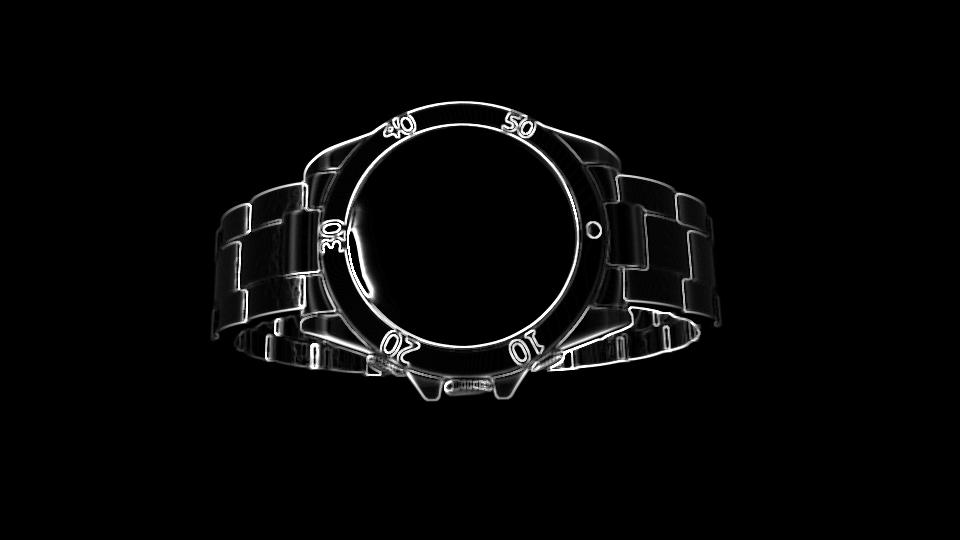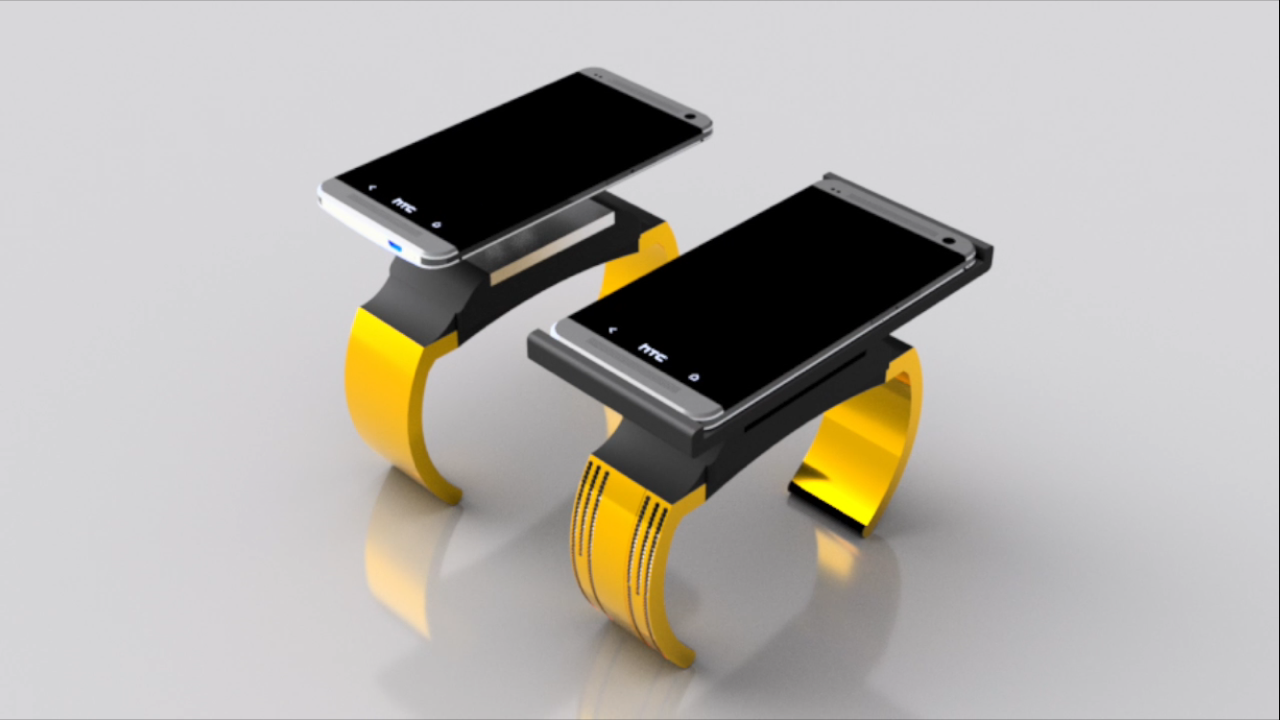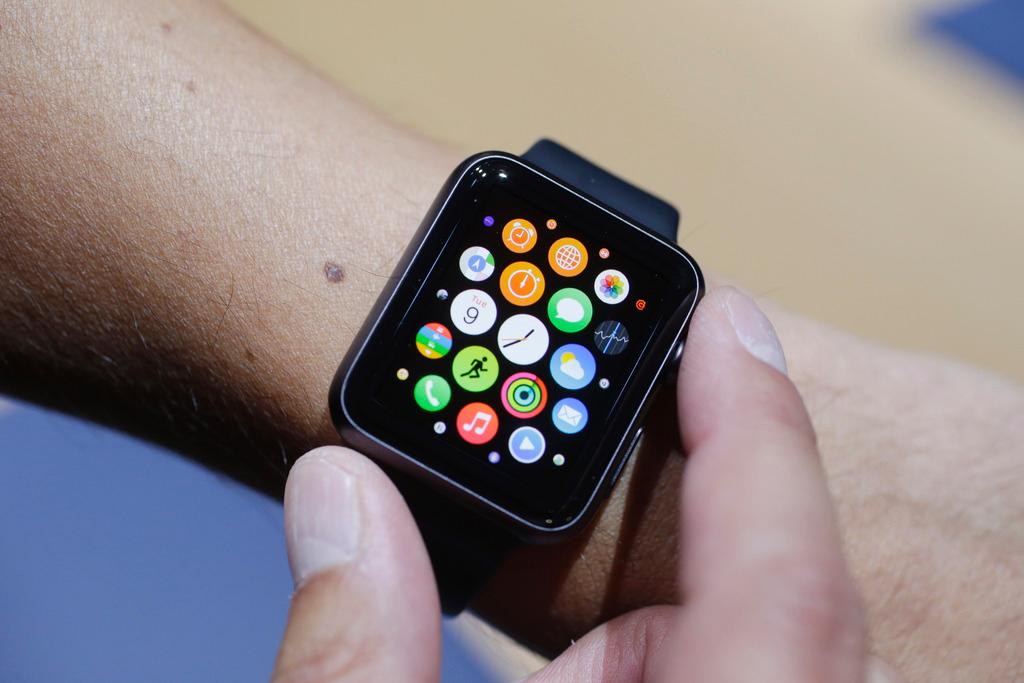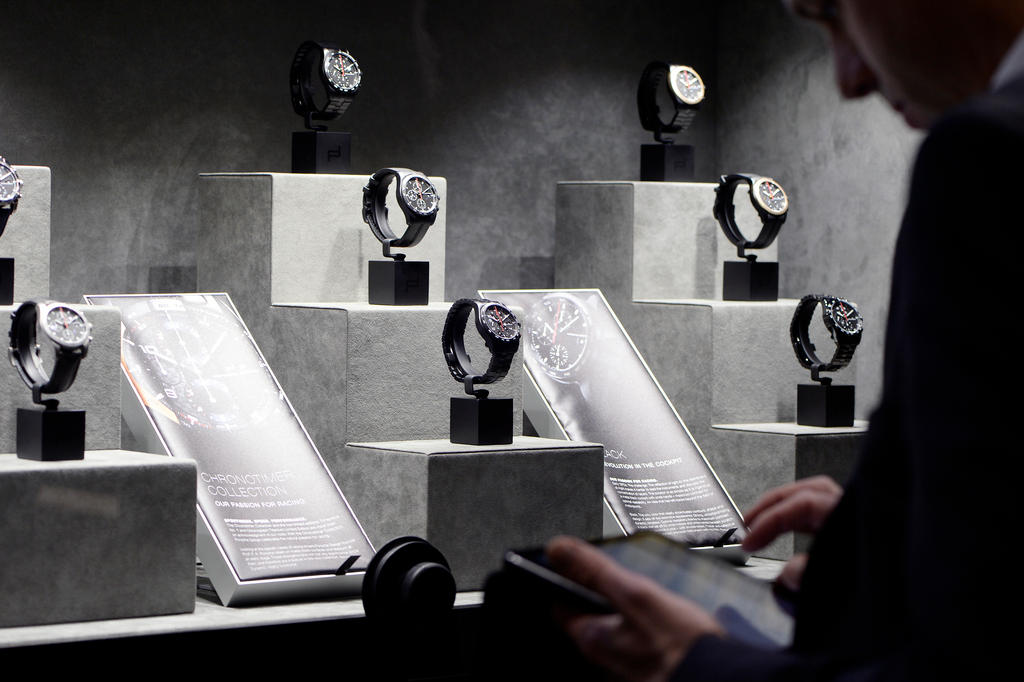Indian student takes on luxury Swiss watch industry

Would you hire a complete amateur living halfway around the world to design a Swiss watch, costing tens of thousands of dollars?
It was a mosquito that gave 22-year-old Indian student Parth Sabnis his lucky break. While in his second year at university studying electronic engineering he contracted dengue fever, a mosquito-borne disease. Sabnis had to sit out an entire year recovering from the illness.
“In that year I decided to look at design as a career option and started experimenting with a few tools,” Sabnis explained. Thanks to YouTube and a couple of tutorials a few years later he found himself creating a watch design.

The watch in question is for a Swiss start-up called Luxius, based in Rolle on the shores of Lake Geneva. Patrick Degreef, the founder of the company that was created in 2012, was looking to devise a high-end smartwatch that would also incorporate elements of the traditional craftsmanship that Switzerland is renowned for. He turned to a designer he found through the internet – Sabnis.
Underdogs
Running a startup that specialises in smart and hybrid watches (mechanical and digital combination), Degreef is already an outlier in an industry that looks down on digital technology. Even the arrival of the Apple Watch was not enough to convince many brands to jump on the smartwatch bandwagon. Hence, Degreef has a soft spot for fellow underdogs.
“It has always been a part of our company culture to give a chance to those who are new to the field. We regularly solicit for ideas on the internet and Sabnis was one of those who responded,” says Degreef.

He found Sabnis through an online platform called GrabCADExternal link that boasts having the world’s largest community of designers and engineers. Sabnis first responded to Degreef’s challenge to design headphones for a smartwatch. His work so impressed the Swiss entrepreneur that he was invited to work on a smartwatch bracelet, and finally the hybrid watch itself.
It was a ‘surreal’ experience for the Indian since he had never designed a watch before.
‘Swissness’ impact
It is something that would probably never happen with a mainstream brand. While the Swiss watch industry is quick at adopting technological advances like new materials and fully automated assembly lines, the bulk of the manufacturing and assembly is done in western Switzerland’s Jura mountains. And the tightening of “Swiss made” regulations from January 1, 2017 doesn’t really encourage companies to broaden horizons. The new rules will mean that 60% of the manufacturing cost of a “Swiss made” watch will have to come from operations carried out in Switzerland, as opposed to 50% currently.

However, design could be a loophole allowing the Swiss to hire outside talent without affecting “Swissness” restrictions. But there is a still a long way to go before big Swiss watch brands will embrace the crowdsourcing model like the one used by Degreef.
“If you want to be a global company you have to have a global team,” says Degreef. “If you can’t have production units in different countries, you can at least embrace working with people from different backgrounds.”
As of now, the only foreigners that make a significant contribution to the Swiss watch industry are cross-border workers from France who commute to Switzerland every day to perform labour-intensive tasks like assembling and polishing watches and watch parts. It is estimated that around 4,300 French workers cross the border everyday to work in the world-famous watchmaking region, the Vallée de Joux.
Degreef’s start up goes beyond manpower to put the focus on brainpower from abroad. In this case, an Indian designer.
“Someone new and fresh can bring an interesting perspective and another approach to the design process,“ says Sabnis. “There are people all over that have the talent but don’t get the opportunity to showcase it.”
Indian input
Sabnis is quite likely the first Indian to have ever designed a Swiss watch. Over 1.6 million young Indians like him enter an engineering or tech undergraduate programme every year but few venture into design.
“We have the technology and expertise in India to be good designers. But design is not a popular career option as it is not a stable job as one needs to chase after projects,” he says.
Sabnis is already getting a taste of the uncertainty of a design career. He will only be rewarded financially for his work for the watch startup when the watches go into production. An arrangement that a Swiss-based designer might find unacceptable. So, is this a case of low-cost Indian outsourcing?
“Obviously, costs to the company are critical at this point but that won’t be the case in the future,” says Degreef.
So far, only around 20 prototypes of previous models have been made and sold. The watch that he designed – the Smart PDGExternal link – exists only as a prototype but has been entered into a prestigious watch competition: the Grand Prix de Horlogerie de Genève (GPHG). Even though, it didn’t make it to the final round, Degreef hopes that the watch design and the company will get some valuable exposure. At an estimated cost of CHF75,000 ($77,436), it is the most expensive watch in the Luxius range and is targeted at bankers and business executives.
Time will tell if the watch will ever go into production but it offers Sabnis a foothold into a career in watch design. He’s already made an impression at Luxius.
“He takes initiative, doesn’t give up and is very stimulating to work with,” says Degreef. “Importantly for us, he understands that business is not just about developing new products but also bringing them to market.”
Do you think a watch designed elsewhere can still be called Swiss-made? Let us know in the comments section below.

In compliance with the JTI standards
More: SWI swissinfo.ch certified by the Journalism Trust Initiative




You can find an overview of ongoing debates with our journalists here. Please join us!
If you want to start a conversation about a topic raised in this article or want to report factual errors, email us at english@swissinfo.ch.